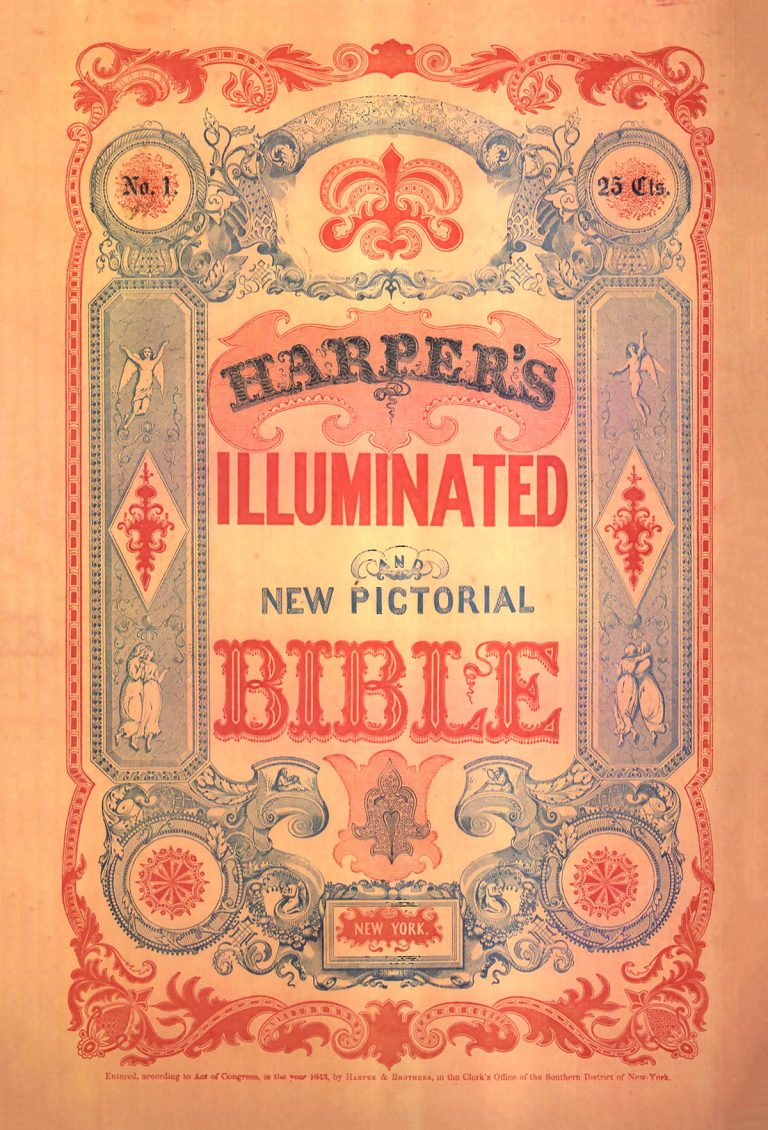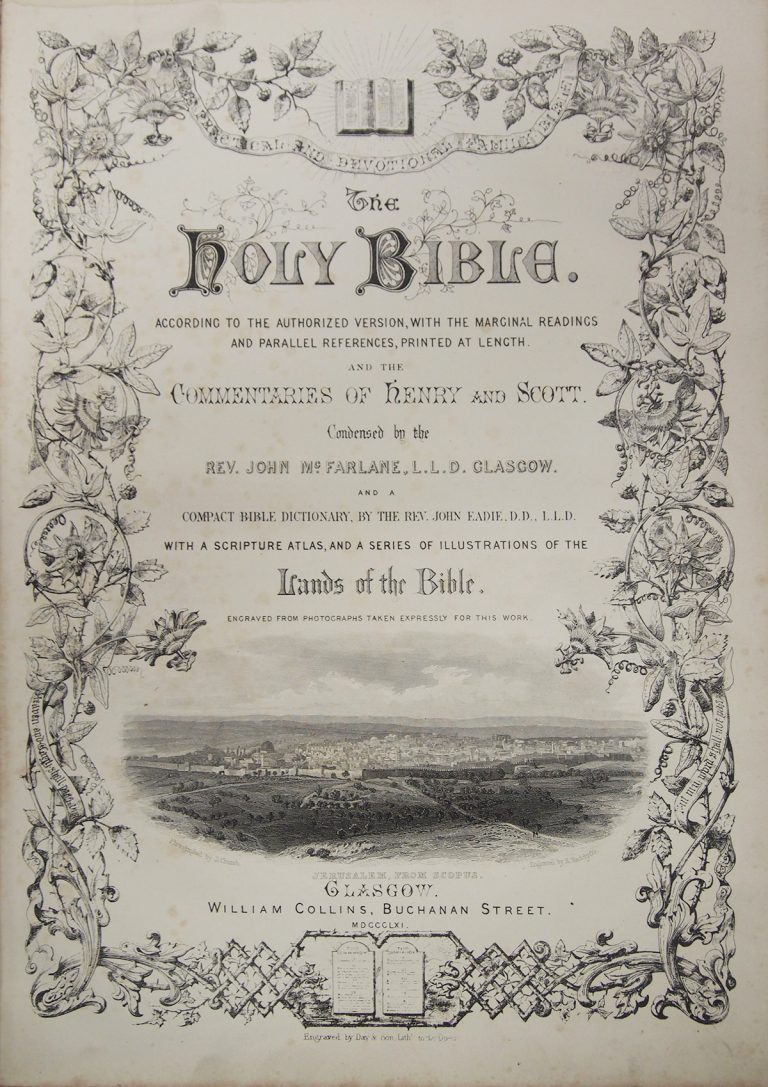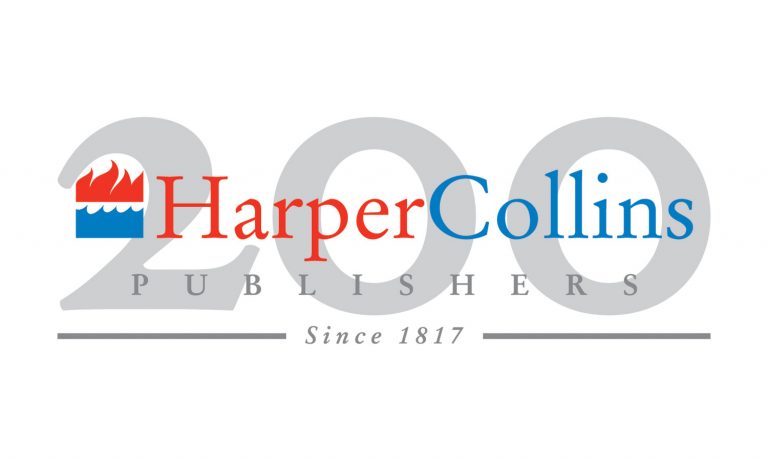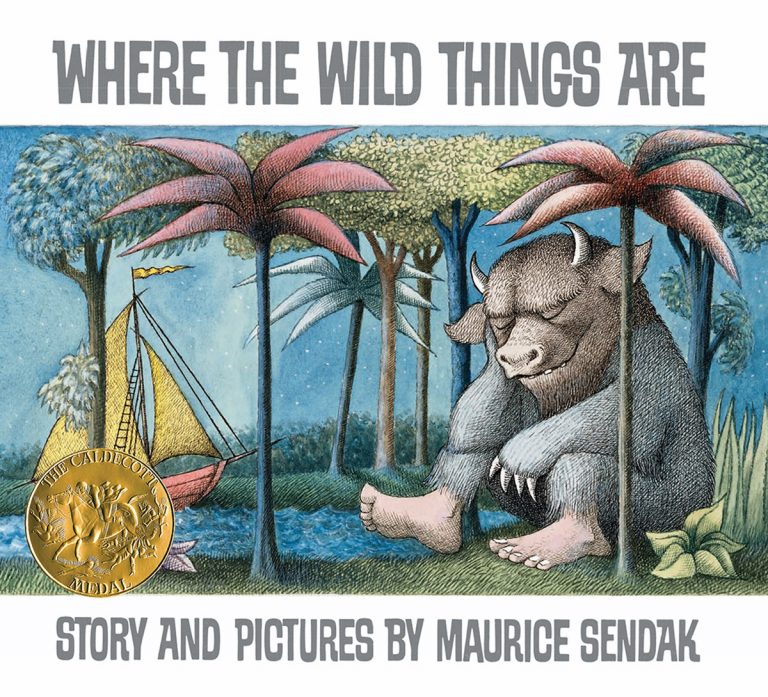Explore significant moments in HarperCollins history
“The Most Beautiful Printing Ever Done”
James Harper went to Europe in 1835 to compile a set of fairy tales for publication, and Harper & Brothers enlisted Joseph A. Adams to make 81 detailed wood-cut engravings for the collection. The result was The Fairy Book (1836), which anthologized classic tales such as “Sleeping Beauty,” “Little Red Riding Hood,” and “Puss in Boots.” Reviewers immediately hailed the volume as a “specimen of art, equal to any thing of the kind ever seen in this or any other country.”
After this success, Joseph Adams again contracted with Harper & Brothers in 1843 to create wood engravings for a family Bible, this time using a process known as electrotyping. The result was the literary event of the century. Hailed as “the most beautiful printing ever done,” the finished product, Harper’s Illuminated and New Pictorial Bible (1846), featured more than 1,600 high-quality woodcut images throughout its 54 volumes. Demand soared, and the publisher printed 50,000 complete Bible sets over the next three years.
William Collins published its own illustrated Bible in 1858, with drawings by David Roberts. In 1861, Collins showed off two family Bibles—including authoritative commentaries—at the Crystal Palace International Exhibition, receiving the Highest Award of Merit.





